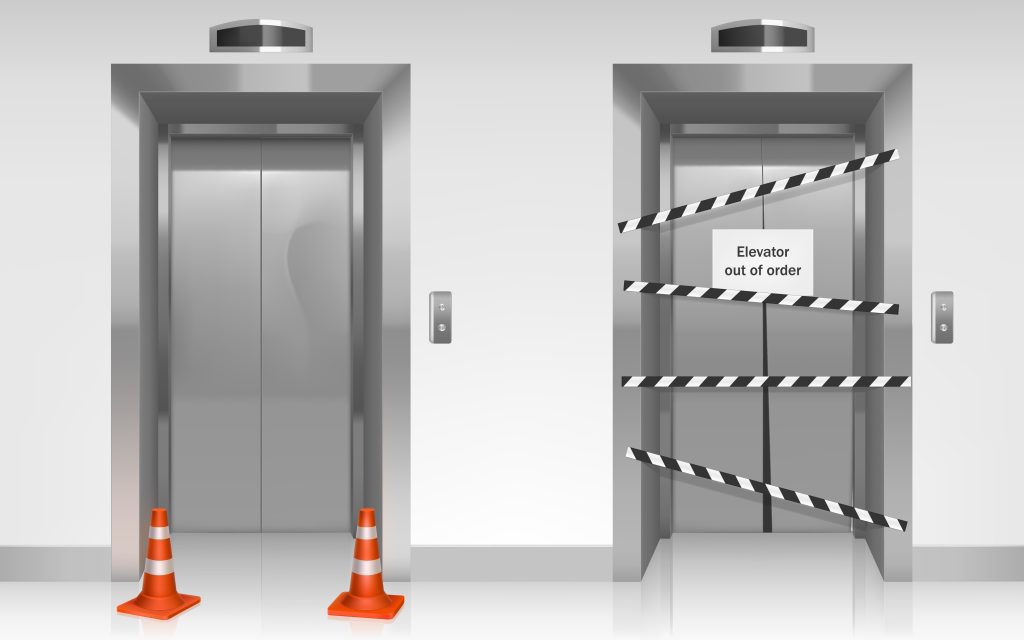In bustling urban centres, managing the flow of vehicles efficiently while maintaining security and access control can present a real challenge. Boom gates play a pivotal role in streamlining this process. This post delves into how these mechanisms not only enhance traffic management but also contribute significantly to maintaining orderly movement in high-density areas.
These sliding gates are not just barriers; they are an integral part of urban traffic management systems, especially in areas where the control of vehicle movement is necessary. Whether it’s the entrance to a commercial property, a residential area, or a parking facility, these gates ensure that only authorised vehicles gain entrance.
The Essential Role of Boom Gates in High-Density Areas
1. Enhanced Traffic Regulation
One primary way boom gates improve traffic flow is through enhanced traffic regulation. By controlling access points, these gates prevent unauthorised access and reduce the chances of traffic congestion caused by unauthorised parking or access. Traffic moves more smoothly when vehicles are streamlined and managed effectively.
2. Reduced Congestion and Delays
In areas where traffic volume is high, boom gates help in minimising bottlenecks and reducing delays. By using advanced sensors and automated systems, these gates can adjust quickly to changing traffic conditions, opening and closing as needed to maintain a steady flow of vehicles.
3. Improved Safety
Safety is a critical component of traffic management in densely populated areas. These sliding gates ensure that only authorized and expected traffic enters sensitive areas, reducing the risk of accidents associated with unauthorized vehicle entry. Moreover, the physical presence of the gate acts as a deterrent against potential intruders, adding an extra layer of security.
4. Cost-Effective Traffic Management
Implementing boom gates is a cost-effective method of traffic management. Compared to the costs associated with traffic congestion, including delayed deliveries, increased air pollution, and fuel wastage, the investment in boom gates offers a high return by providing a seamless flow of traffic and reducing gridlock.
5. Flexible Integration with Other Systems
These gates work well in conjunction with other traffic management systems like CCTV, automatic number plate recognition (ANPR), and sliding gates. This flexibility allows for comprehensive control over who enters and exits the area, enhancing the effectiveness of traffic management strategies across high-density locations.
Conclusion: Boom Gates as Catalysts for Efficient Urban Mobility
In high-density areas where seamless traffic flow and safety are crucial, boom gates have become indispensable. Their ability to regulate access, reduce congestion, and integrate with advanced systems makes them a practical and cost-effective solution for modern traffic management. Alongside sliding gates, which offer enhanced security and adaptable access control, these mechanisms work harmoniously to optimise urban transit. By strategically implementing such systems, property owners and city planners can ensure smoother vehicle movement while enhancing security and reducing delays. As urban areas continue to grow, investing in well-designed access control systems can significantly contribute to safer, more efficient traffic operations, benefiting both drivers and the surrounding community.

